Hampi
While an exact count may vary, over 1,600 surviving monuments, including temples, shrines, and other structures, are estimated to be scattered across the ten square miles of Hampi’s archaeological site. Most of the monuments of Hampi were constructed between the 14th and 16th centuries and can be divided into those with a religious function and others built for the state and the royals. The blend of Hindu and Islamic styles is evident, particularly in the structures of the buildings in the royal enclosure, including the elephant stables.
Landscapes of Hampi

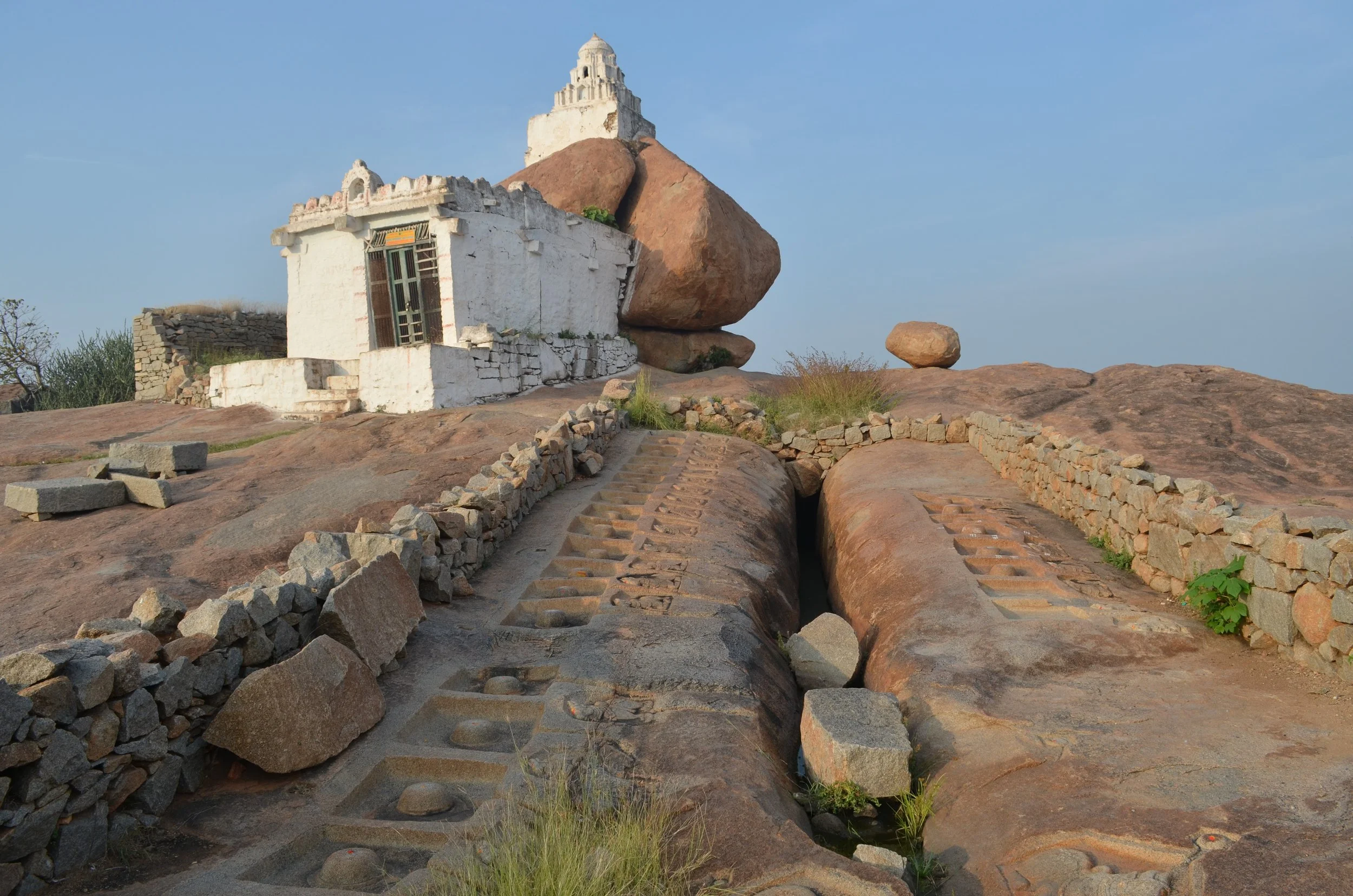

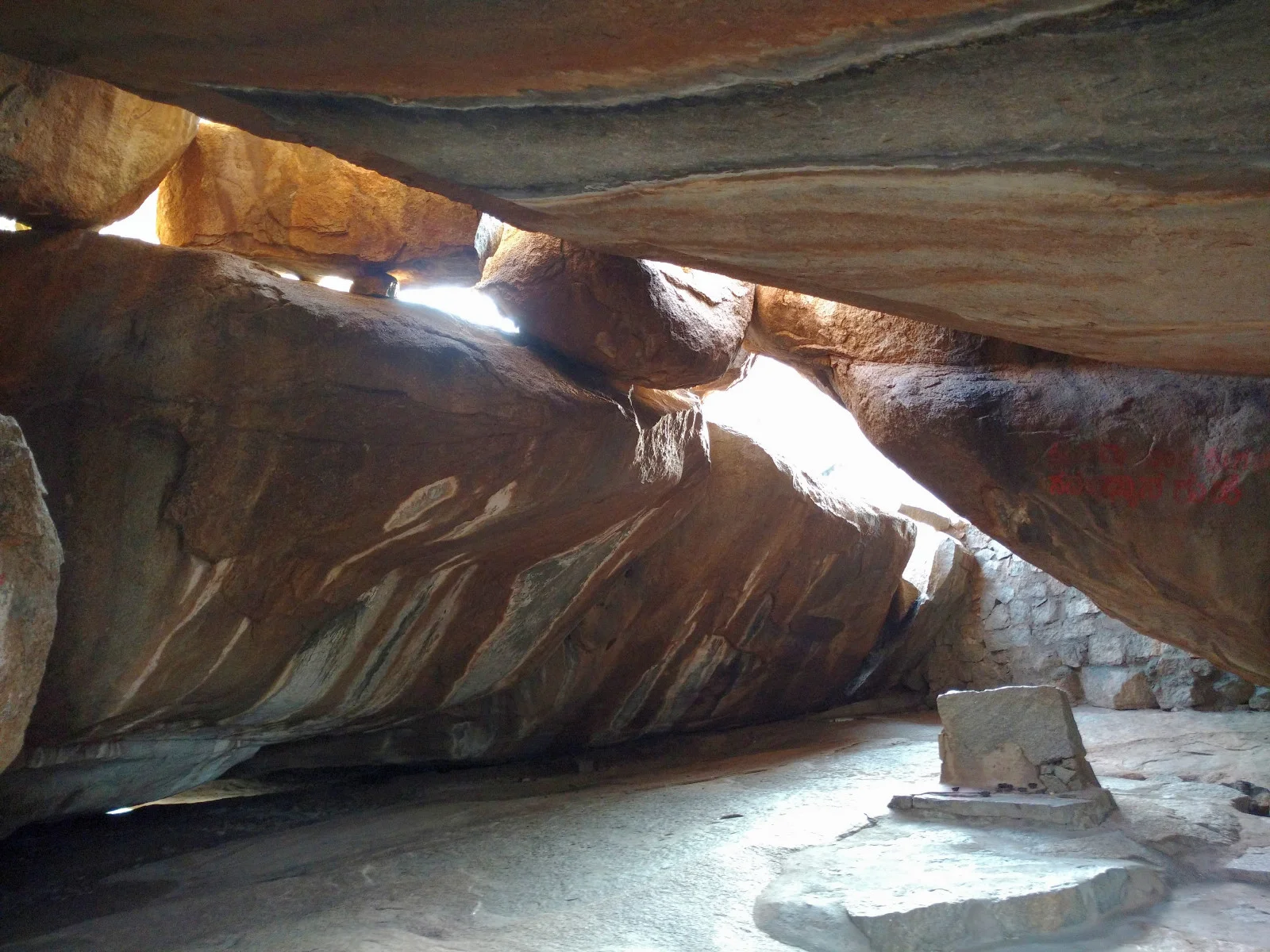

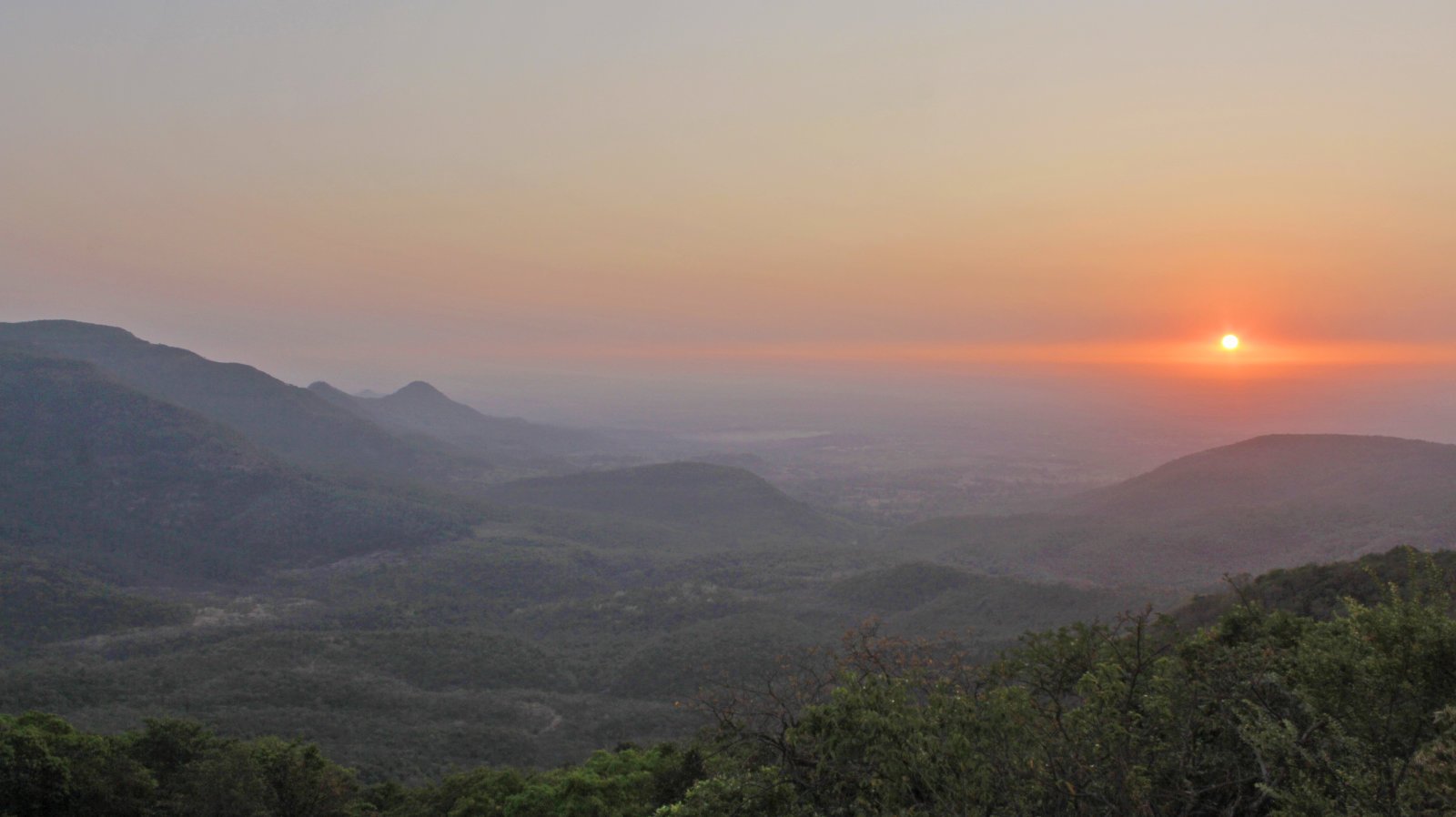

The Tungabhadra River
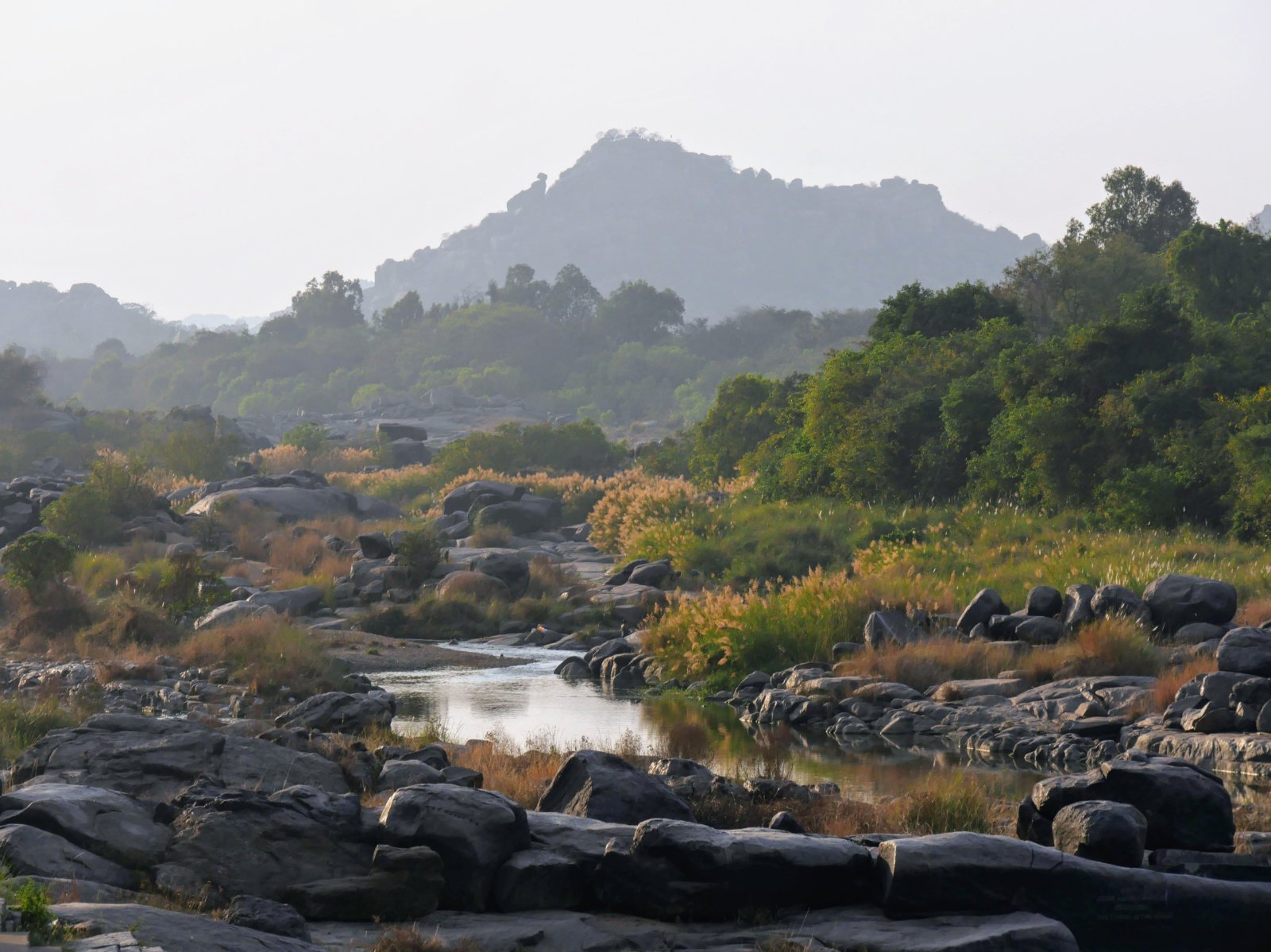
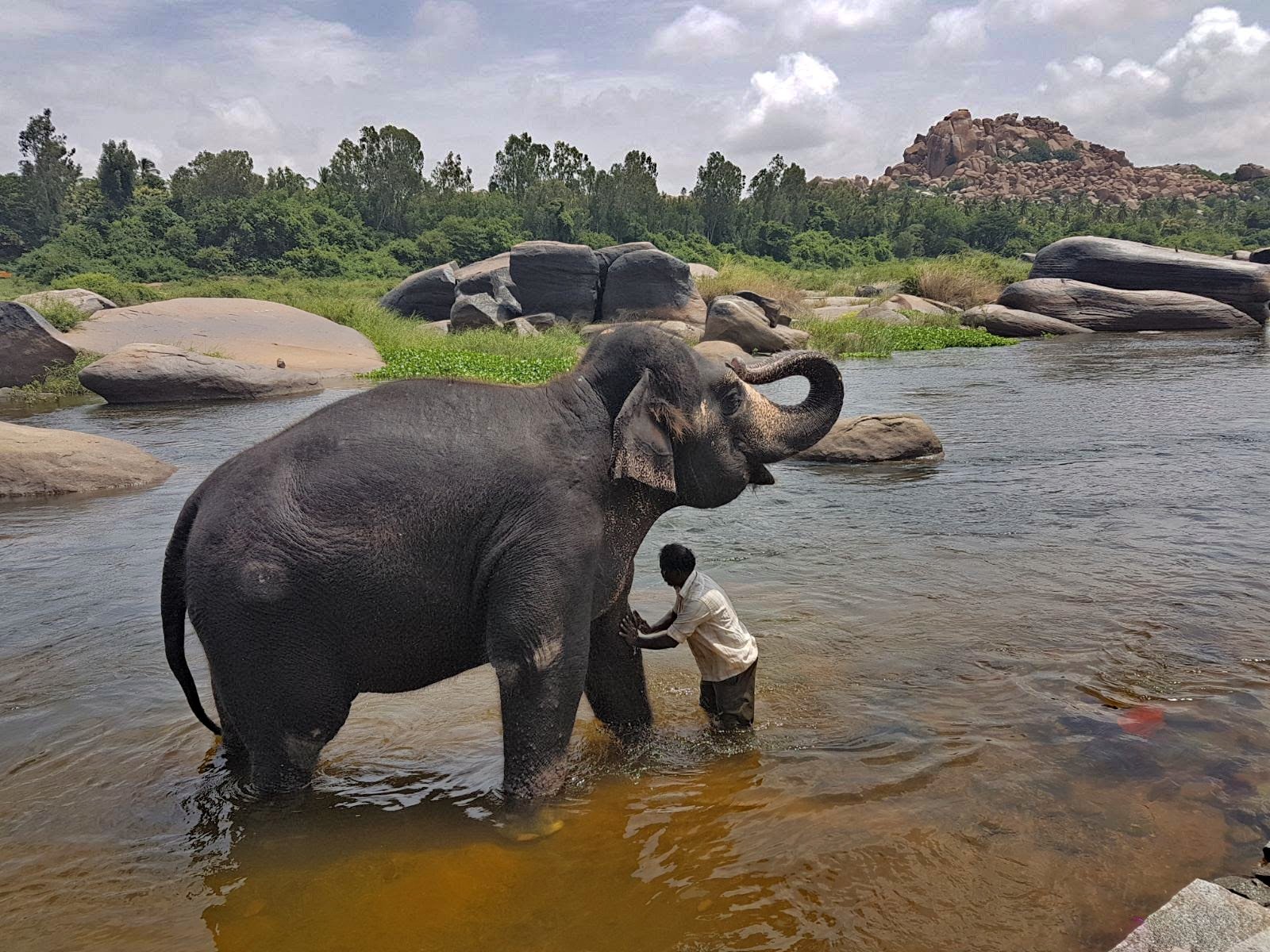
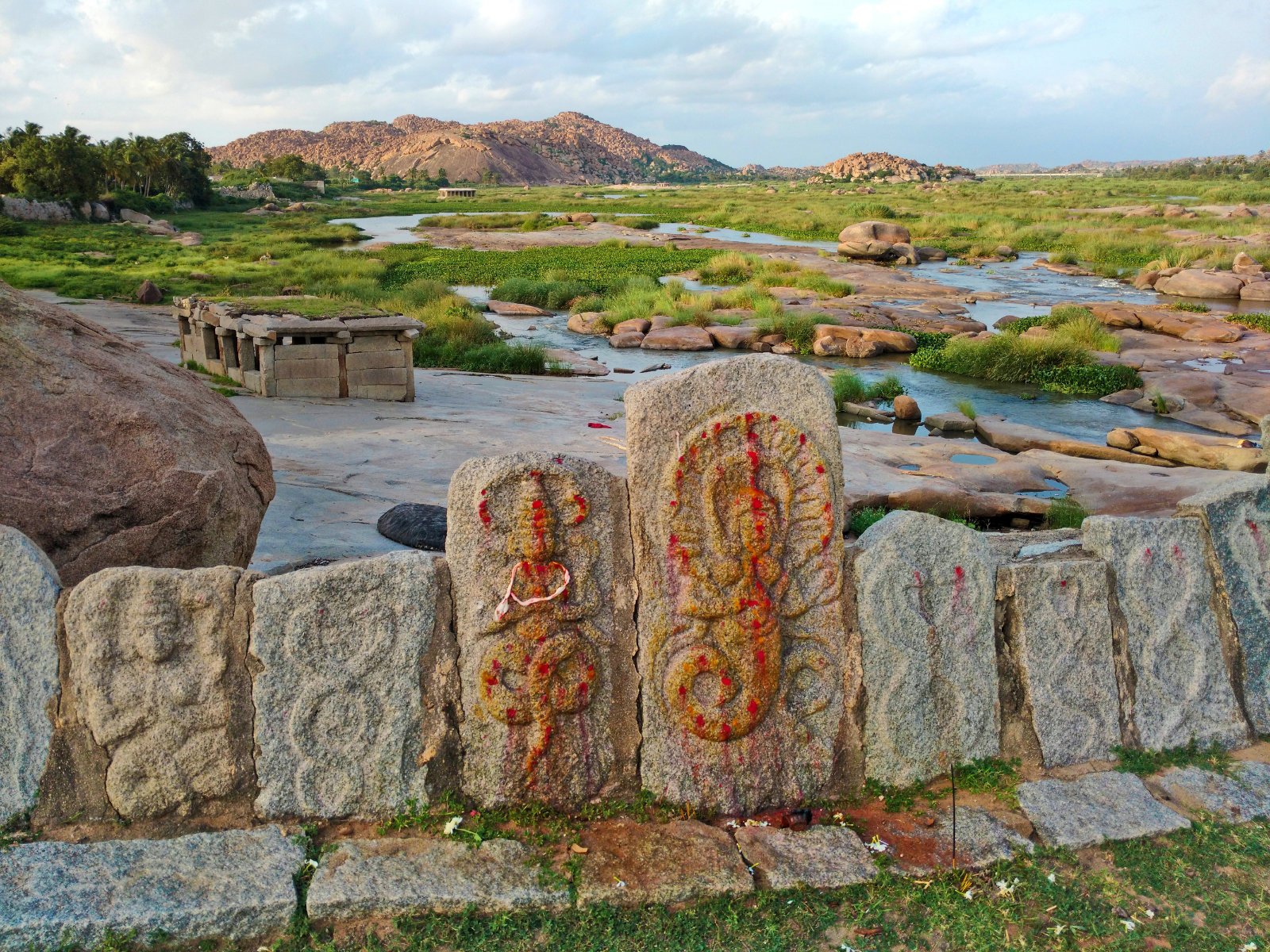




Virupaksha Temple

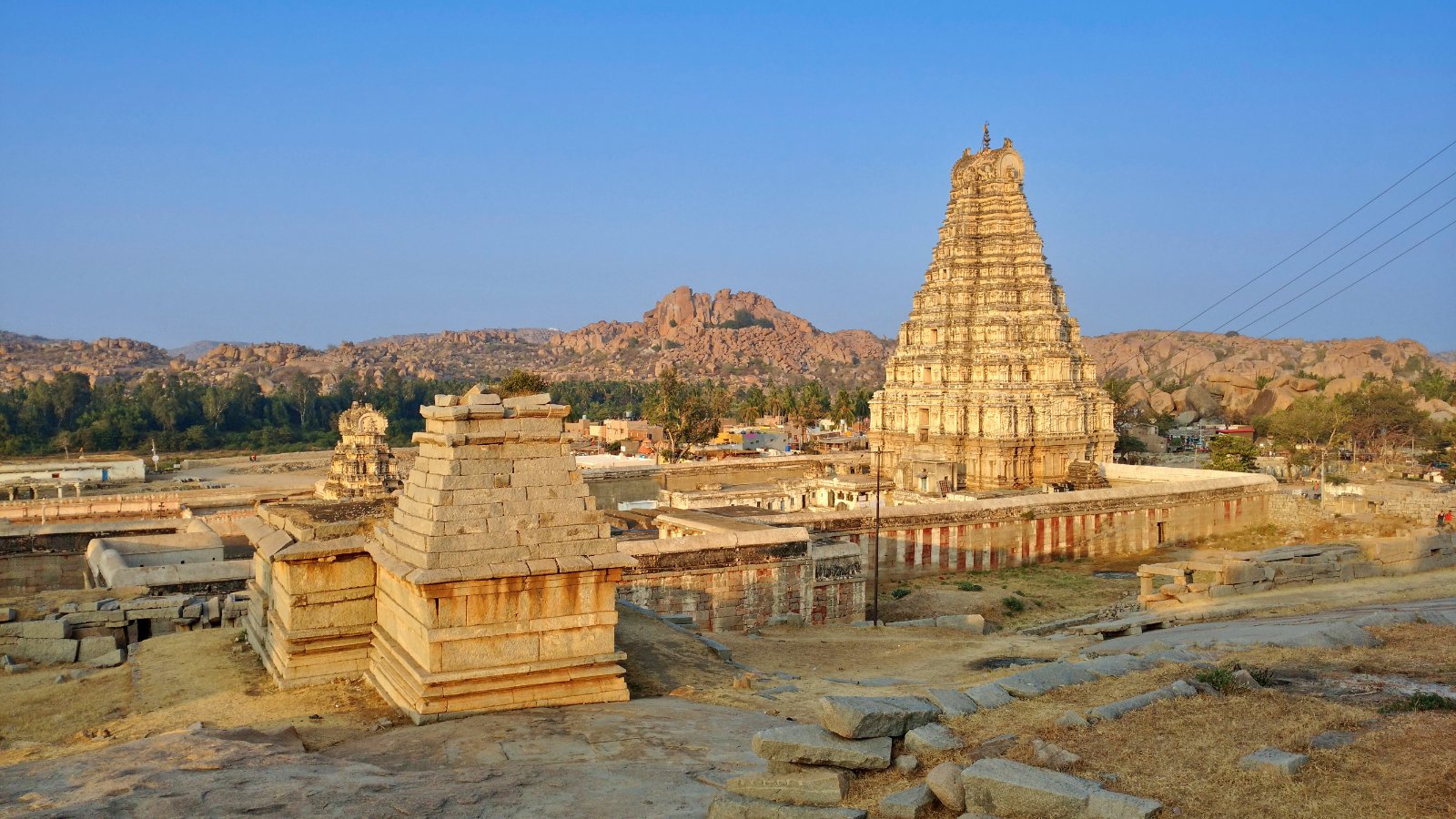
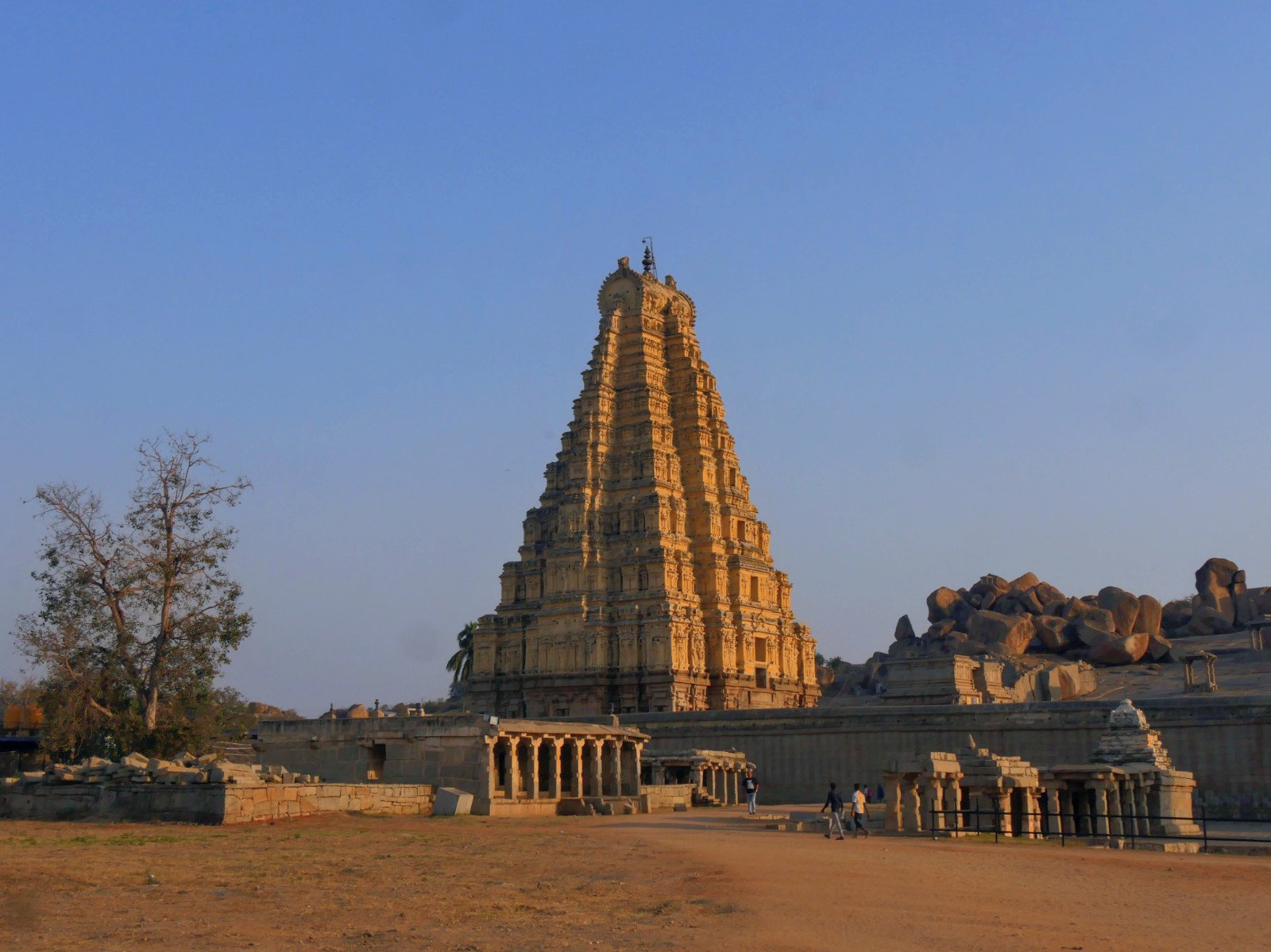
Constructed in the 7th century on what was probably the site of an even more ancient folk shrine, the Virupaksha Temple is one of Hampi’s oldest temples dedicated to the god Shiva. It remains one of the few religiously active temples and is manned by Brahmin Pujaris. It also has a resident female elephant called Lakshmi.
Vittala Temple
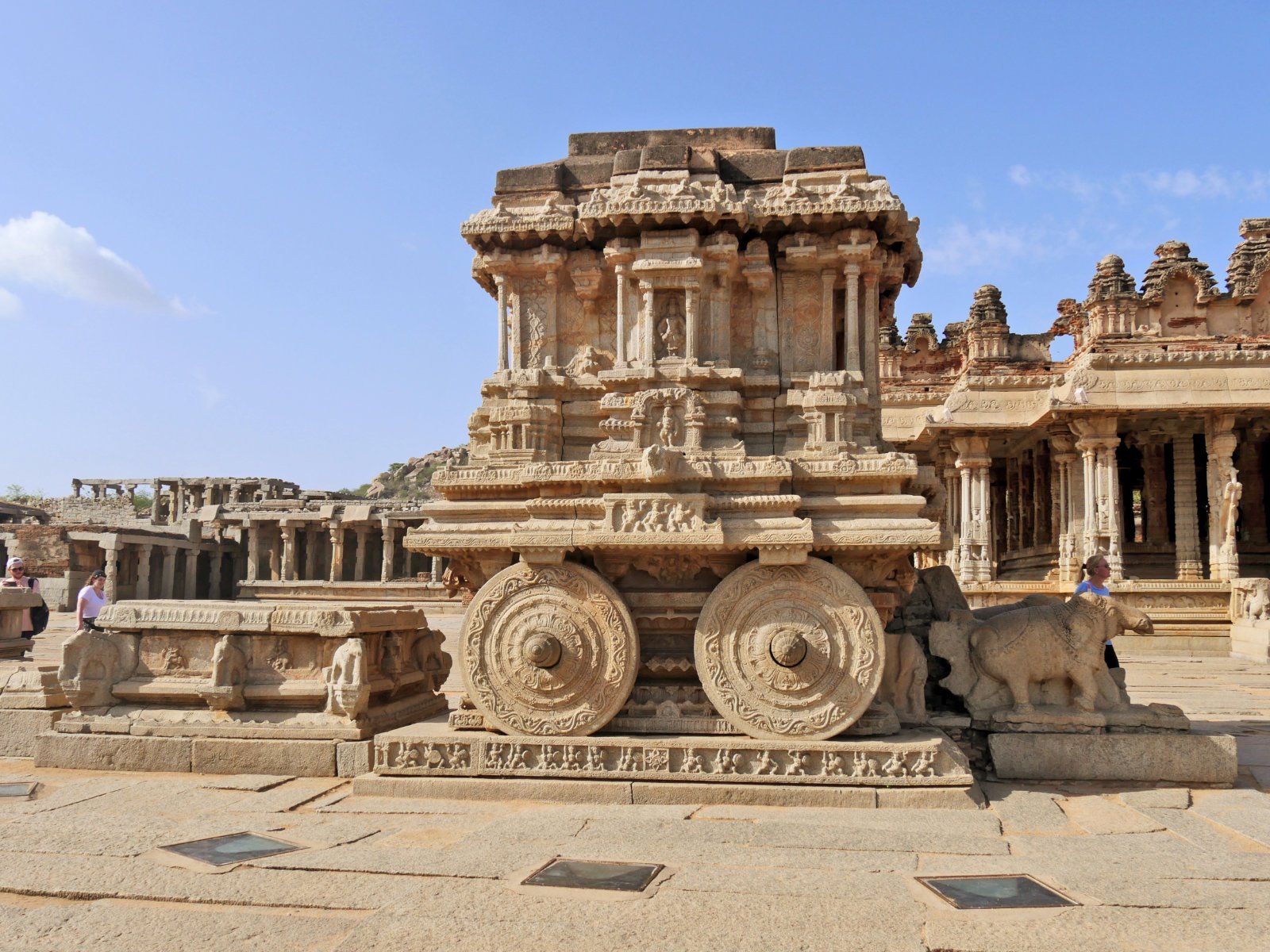

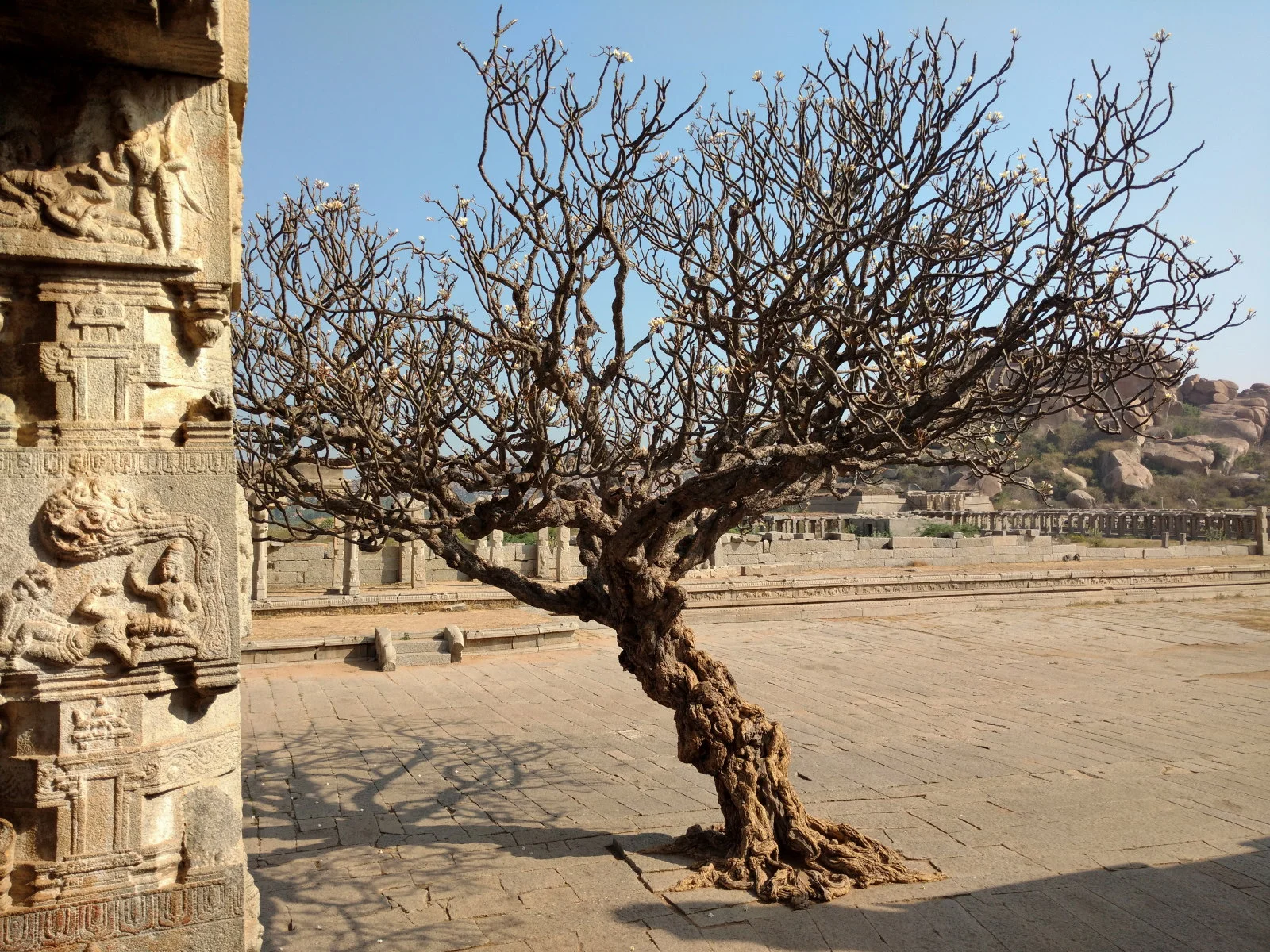

Built in the 15th century, the Vittala Temple is dedicated to Lord Vittala,
a form of Lord Vishnu. It is renowned for its exceptional architecture, including an iconic Stone Chariot in the courtyard before it and the intricate carvings on its walls, pillars, and ceilings. One of the most fascinating features of the Vittala Temple is its musical pillars, each carved from a single piece of stone and producing different musical notes when gently tapped.
The Royal Enclosure

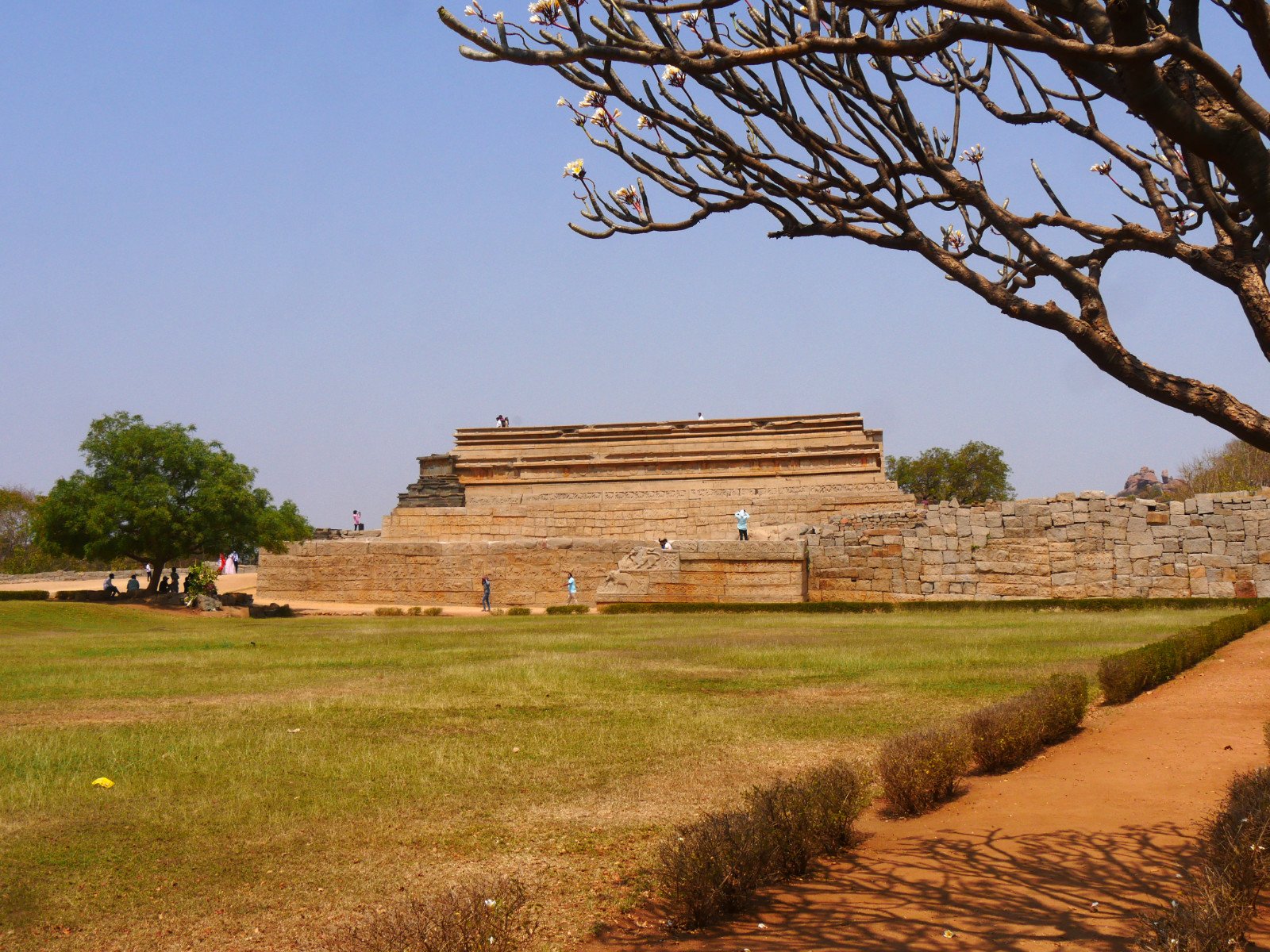
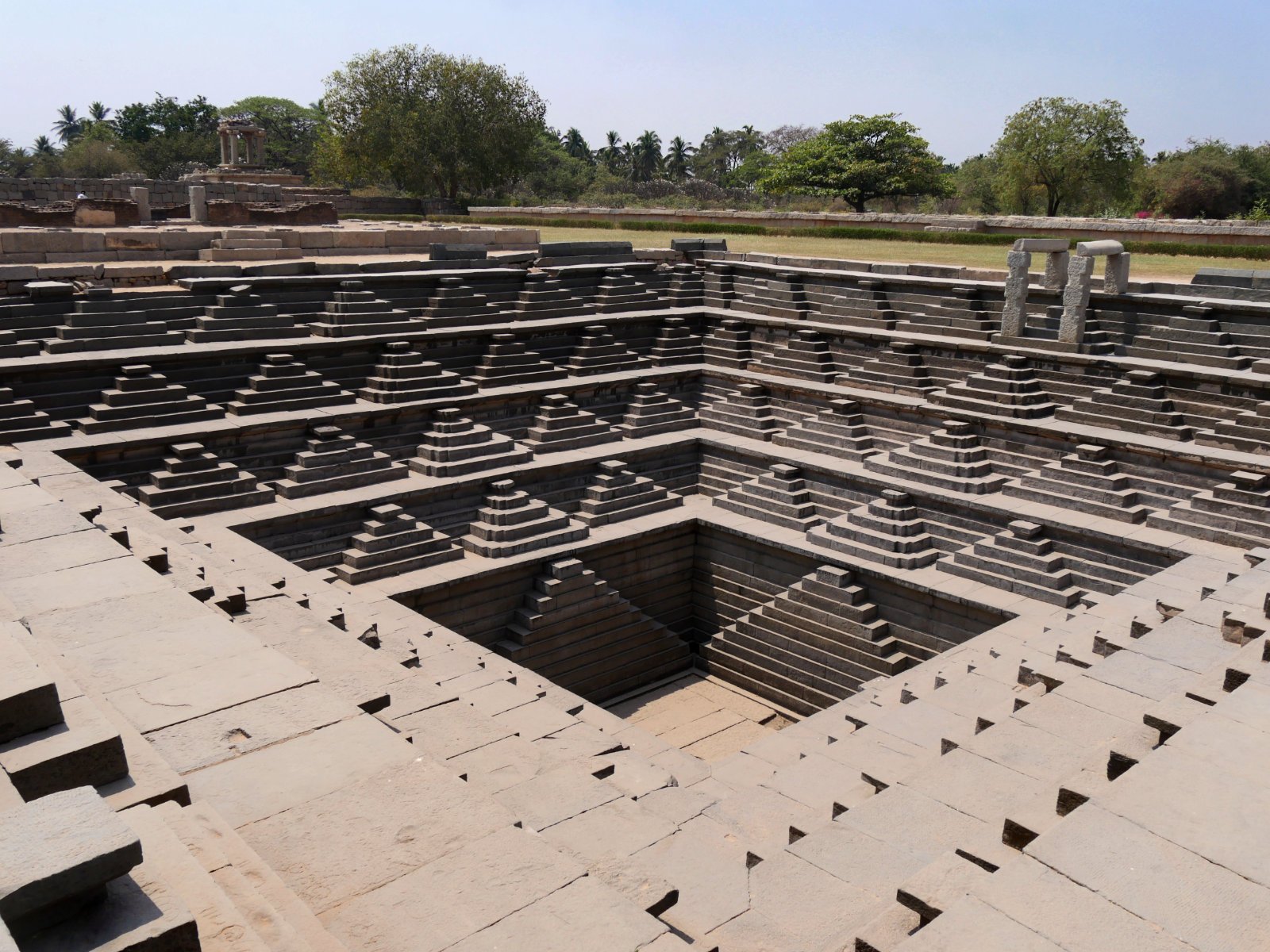




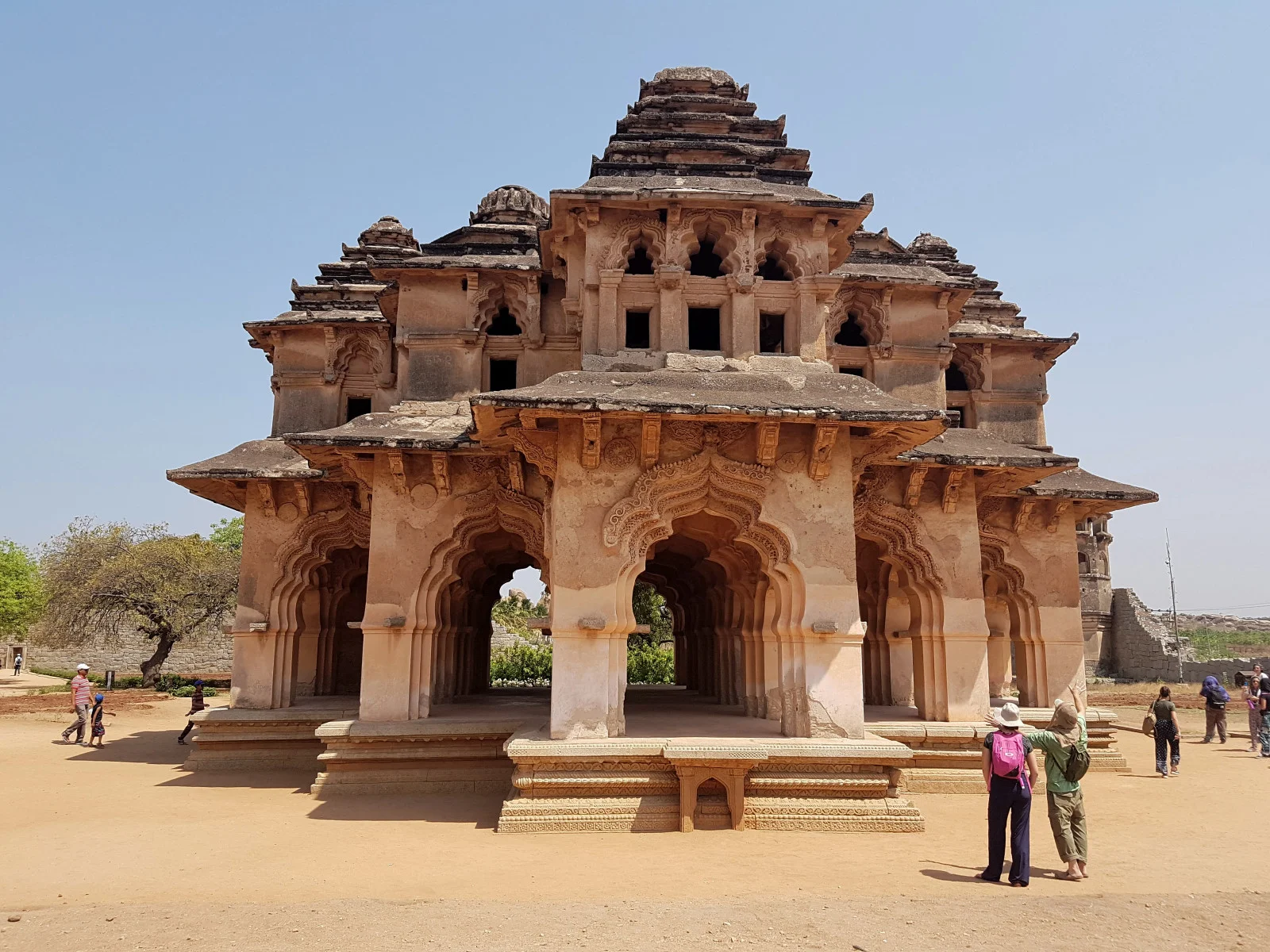
These structures were constructed differently from the temples, incorporating elements such as cusped arches and ornate domes as seen in the elephant stables. It is possible that they were able to incorporate Islamic influences more freely because they were built purely for pleasure. The Lotus Mahal and the Queen’s Bath were private spaces reserved for the royal women and concubines of the Vijayanagara Kings. An army of eunuchs once guarded these areas.
Birds of Hampi


















